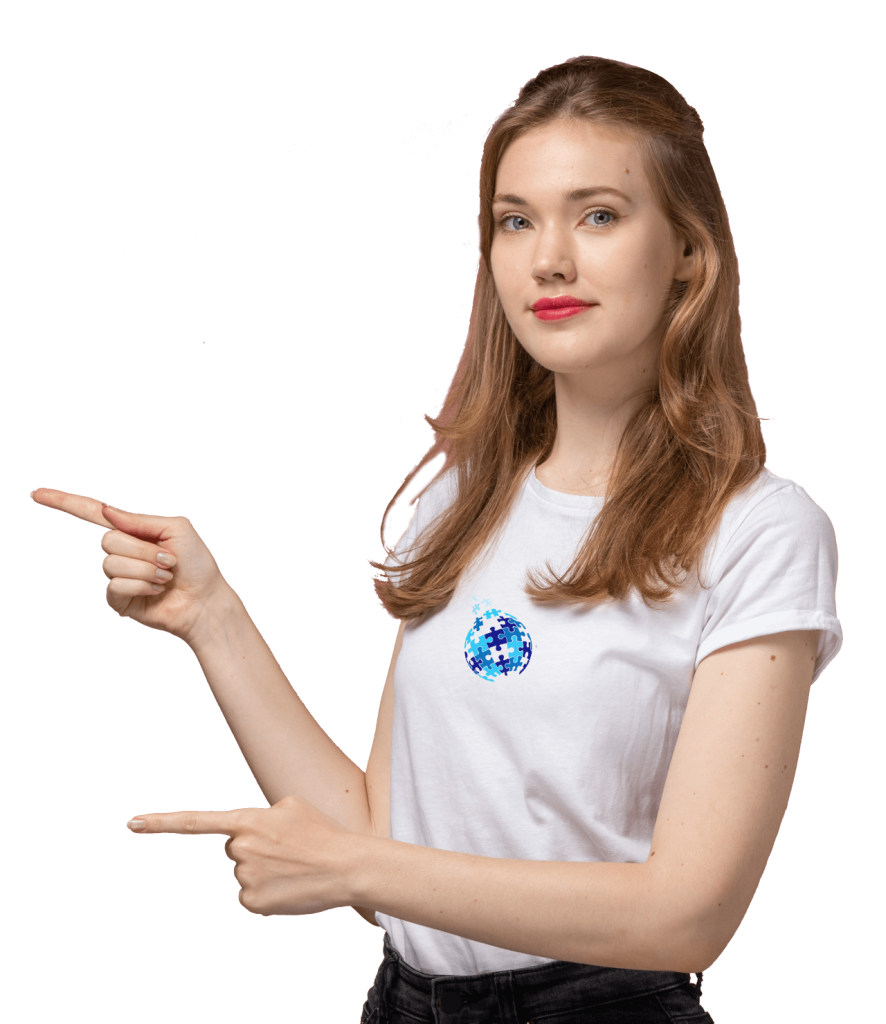Having your mind set on purchasing a new printer? Or better yet thinking about signing on a copier lease? We got you here with copier leasing services in San Francisco. But there are things that you need to understand first especially when you’re a rookie when it comes to photocopier specifications.
Being informed is necessary when you are about to make a decision. Small or big, it is important to get into the smallest details of the things that you need to buy. Well, you are on the right page to know these necessities.
Basic Specifications
Dots per inch (dpi)
Dots per inch (dpi) comes in figures. This is the number of dots that the printer can fit onto a square inch of paper. All dpi numbers are a multiple of either 300 or 360 set due to baseline specs for a long time which is usually set at 1200 dpi or 1440 dpi. With higher maximum resolution, the more detailed the image becomes. Dots per inch deals with an image the printer’s capability of creating. With new technologies, those capabilities can be stretched.
Engine power and speed
Engine speed is usually presented in pages per minute (ppm) or characters (cpm) or images (ipm) per minute. Printing in draft mode is usually shown by producers which is usually faster but is the lowest in terms of quality. Standard-quality settings have a much better quality. Speed varies directly with the complexity of the job. Printing graphics will be much slower to print.
Storage capacity
Among business printers, the amount of standard internal memory is a representation of how much print data the machine can accumulate when a queue of jobs is waiting to print in terms of output. A business printer with lowest internal memory might have anywhere from 32MB to 128MB of RAM, while higher-end machines will have 256MB to 512MB of RAM, and graphics-oriented printers might start with 1GB. What you can do is to check for a printer’s maximum upgradable memory and to make sure that the model has room to grow along with your demands.
Printer monthly duty cycle
The typical personal printer’s duty cycle is usually under 5000 pages, while a lower-end business printer will be around in the 20,000-page range. Higher-end workhorses can boast duty cycles of 100,000 or more pages. The duty cycle number has also a relation with the printer’s durability: The higher the duty cycle, the better-built it the printer has.
Networking Connectivity
A personal printer technically has a USB connection for use with one computer. Wireless is the new thing even in printers. A business printer will have an ethernet connection that will enable the printer to function in a network. Wireless connectivity can also be found in some models which are more appropriate to small offices.
Paper-Handling Specs
Paper input trays
In standard configuration, the number of sheets a printer can take should be more than the number of pages you print per day. Typically, 100 to 150 sheets of paper are the holding capacity of a personal printer, usually with no upgrades available. A business printer can hold 250 sheets of paper at a minimum, but higher-end models can cater 500 to 1000 or more pages in their standard or upgraded configurations.
Multipurpose tray
Through the printer, these features are designed to make a single piece or a small quantity of thicker media, such as envelopes. They are used occasionally, as many require some modifications before or after you print.
Duplexing Feature
Two-sided printing, or duplexing, is a great feature. Cutting your costs for paper purchasing can be done by this feature. Automatic duplexing features are available in some personal printers and business printers.
If you are in San Francisco and you are looking for a Copier for your business, you may contact Clear Choice Technical Services in San Francisco. Also, you can ask about Copier Leasing Services in San Francisco, Copier rental services in San Francisco.
Buying your own photocopier or printer can be costly in the part of your firm. It is best to consider copier leasing. Copier leasing services are right on the corner. All the best options can be presented if you check copier leasing in San Francisco.







